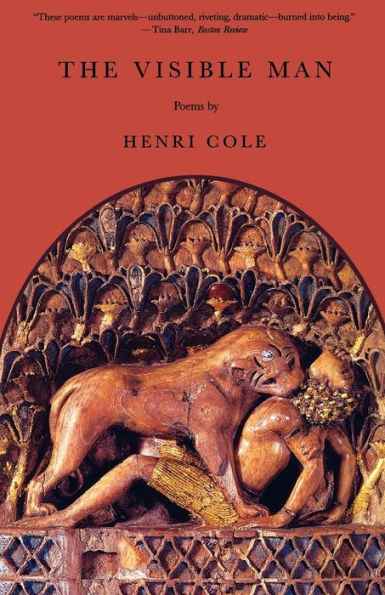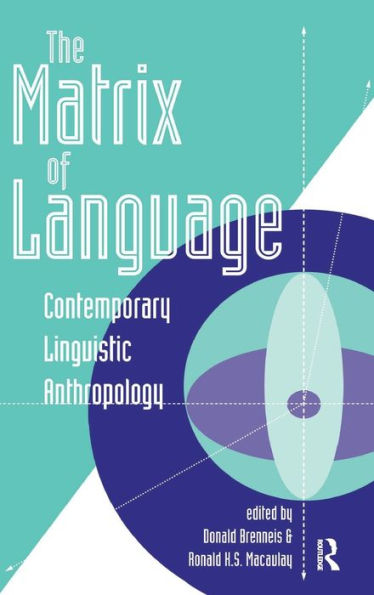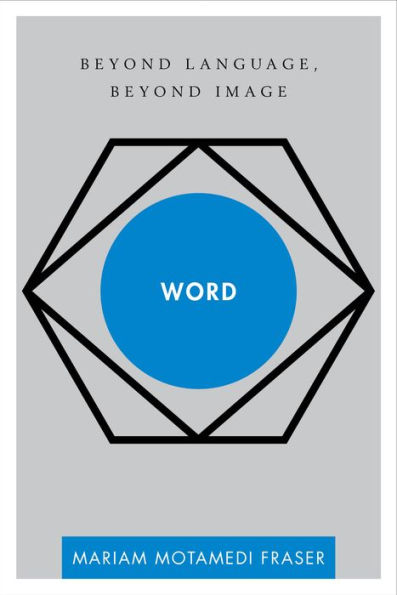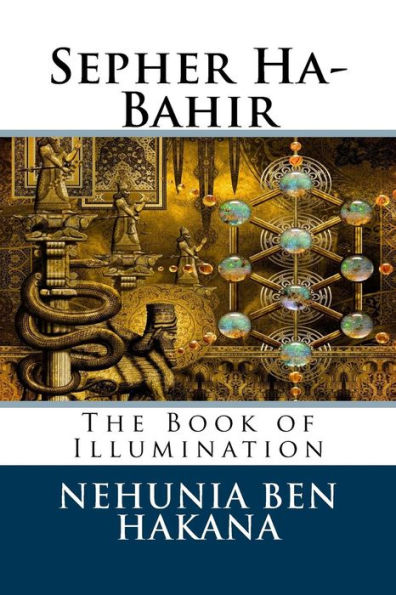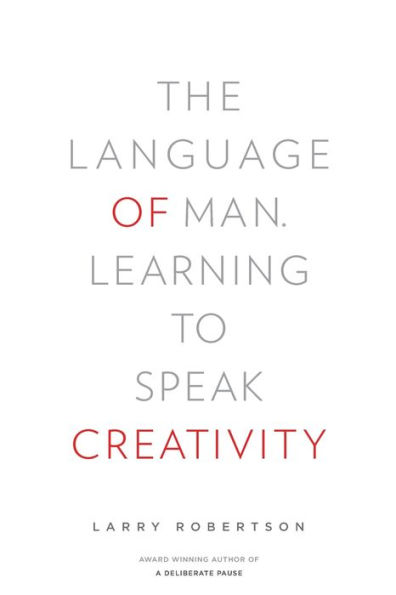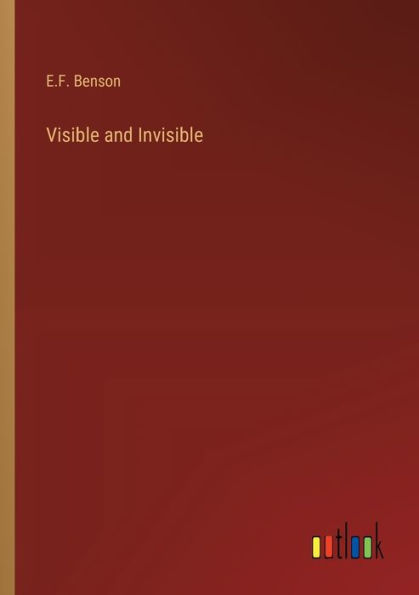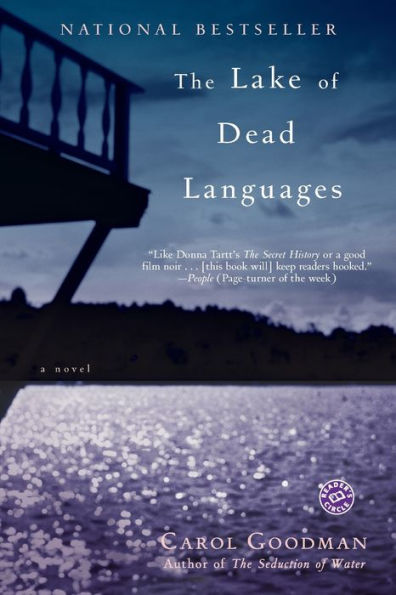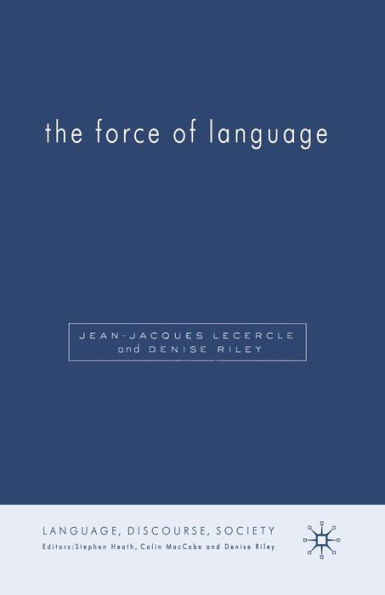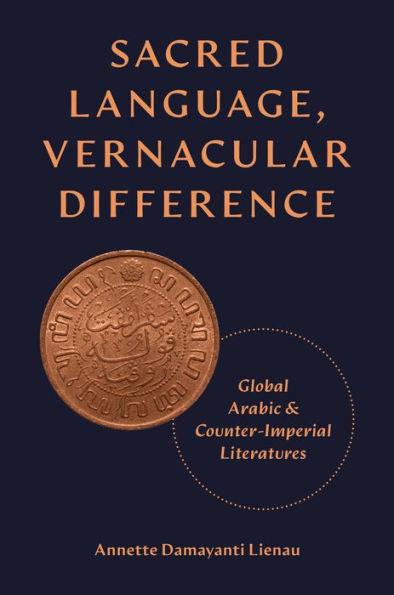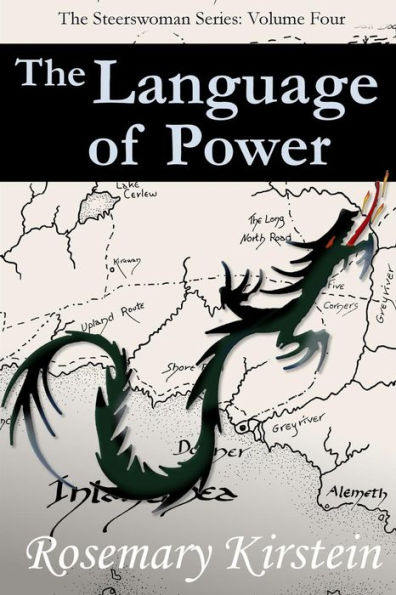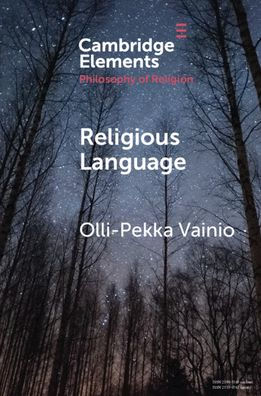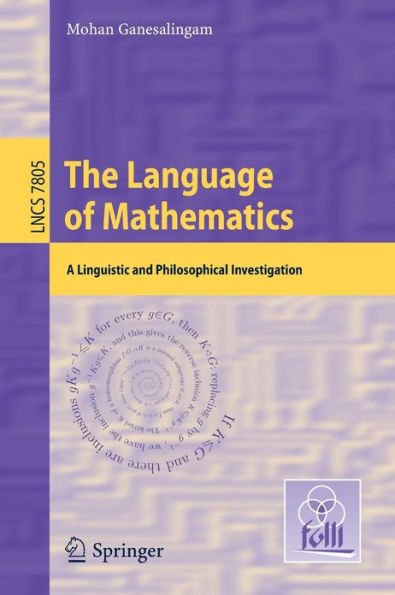Home
Meluhha: A Visible Language
Barnes and Noble
Meluhha: A Visible Language
Current price: $30.90
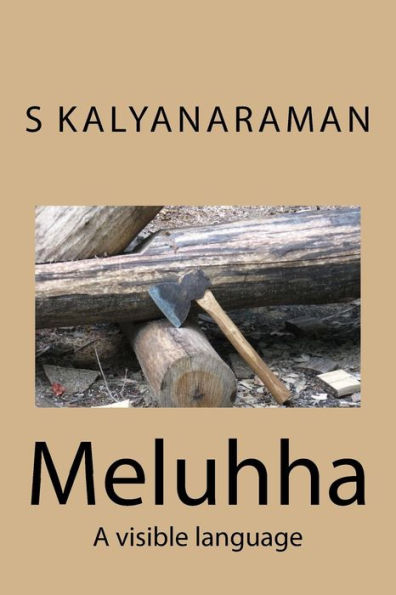

Barnes and Noble
Meluhha: A Visible Language
Current price: $30.90
Size: OS
Loading Inventory...
*Product information may vary - to confirm product availability, pricing, shipping and return information please contact Barnes and Noble
Masterpieces of bronze-age art demonstrate Meluhha semantics. This is a tribute to the artisans of the Bronze-age Indo-Eurasia who laid the foundations for 1) an industrial revolution with the invention of tin-bronzes and brass and 2) a cultural revolution with the invention of writing systems. The glyphs of early writing systems of Bronze-age in Ancient Near East, represent a visible language of Meluhha. A synonym of 'visible language' is 'incised speech' takshat vaak, (a metaphor used in what is possibly the oldest human document, the Rgveda.) It is likely that many unique pictorial motifs on cylinder seals of contact areas of Sumer-Elam-Mesopotamia were inspired by the Meluhha cipher since some hieroglyphs used in a metallurgy-lapidary context are also used in the contact areas, together with cuneiform texts. This calls for a re-evaluation of some art-historians' interpretation of some symbols explained in astronomical or religious contexts. Homonymous glosses matching the glyphs explain the semantics of Meluhha. The writing systems were intended to document trade and workshop processes of the bronze-age merchants, smiths and lapidaries. This context is exemplified by two terms used in ancient texts naming writing systems: 1. mlecchita vikalpa (cipher of mleccha/meluhha), a term attesed ca. 6th century BCE by Vatsyayana; 2. kharosti (cognate harosheth hagoyim, 'smithy of nations'). The writing systems on cylinder seals of Sumer-Elam-Mesopotamia and on Indus script corpora are based on rebus method -- rendering mleccha language metallurgy-related or bronze-age workshop-related sememes. Such sememes are attested in many languages of Indian sprachbund providing a framework to outlinine features of mleccha (Meluhha) language of artisans/traders of Bronze-age. Meluhha were sea-faring merchants and artisans working in tin, zinc, copper and other bronze-age alloying minerals (attested in cuneiform texts). Meluhha settlements are also attested in Ancient Near East archaeology. Meluhha Smithy (kole.l) denotes the divine space, a temple (kole.l). Implements produced in a smithy and repertoire of a smithy denote attributes of the divine. This world-view of Meluhha is discerned from hundreds of cylinder seals with hundreds of hieroglyphs - as visible language or incised Meluhha speech. A list of Meluhha glosses evidenced in Indian sprachbund is presented. A list of languages and dialects listed in Indo-Aryan, Dravidian and Munda lexicons annexed to the list constitutes a resource base for identifying and clustering semantics of Meluhha. The intimations of semantics conveyed by Meluhha cipher should be augmented by further language explorations and studies to detail the grammatical features of Meluhha/mleccha language. Such studies could be on the lines of Jules Bloch's La formation de la Langue Marathe and of Prakrit grammars. apurvyaa purustamanyasmai mahe viiraaya tavase turaaya; viripzane vajrine zantamaani vacaamsyaasaa sthaviiaaya taksham (RV. VI.32.1) Trans.: a seer has composed, inscribed, unprecedented, comprehensive and gratifying praises for the mighty Indra.
The word 'taksham' is a reference to the metaphor of incised speech. The composers of the chandas, our ancestors, are artisans, architects, inquirers par excellenc
